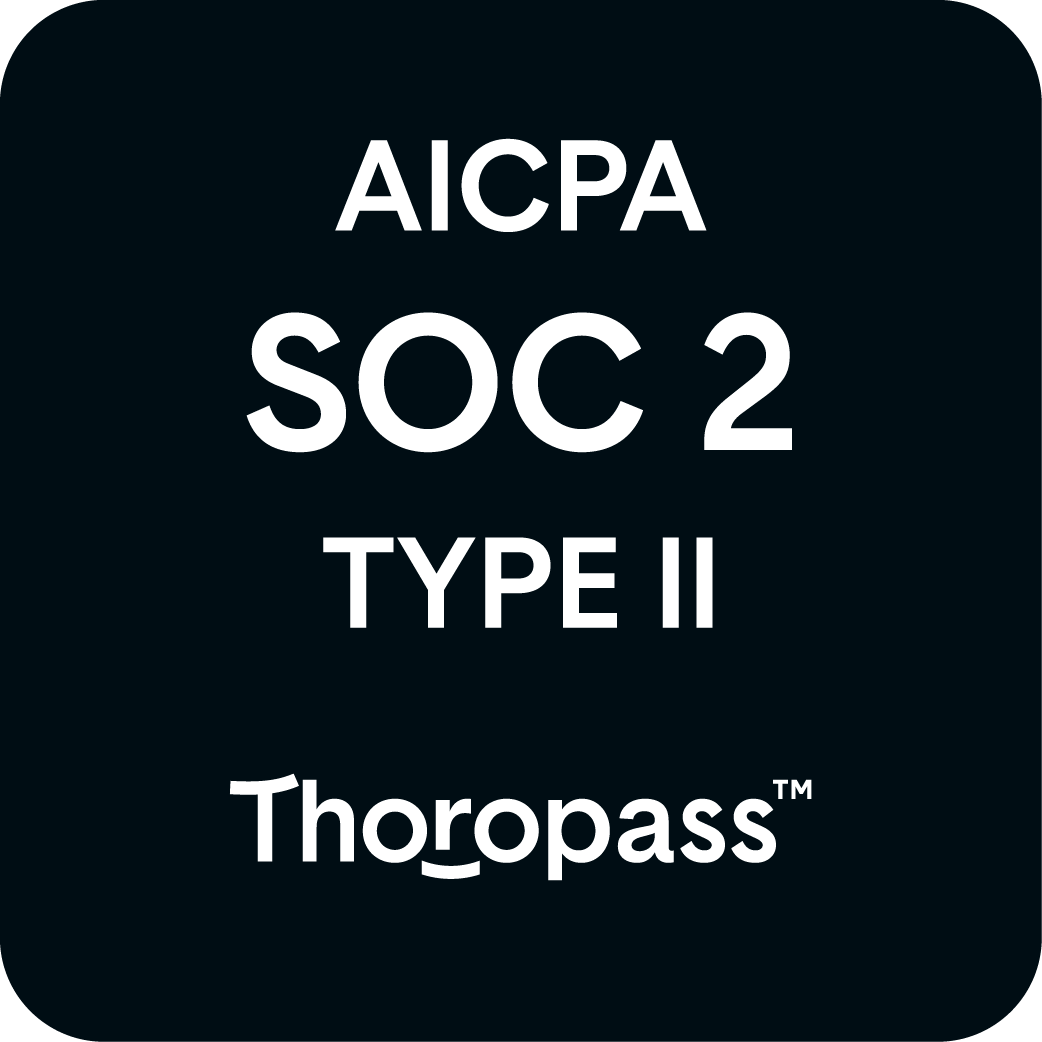Multivariate testing examines multiple variables simultaneously to find the best-performing combination
More complex than A/B testing but provides deeper insights into element interactions
Creative automation makes multivariate testing scalable and manageable across campaigns
Multivariate testing is an advanced marketing optimisation strategy that involves testing multiple variables within a creative asset simultaneously to determine which combination produces the best results. Unlike A/B testing, which compares two versions of a single element, multivariate testing examines how different combinations of variables –such as headlines, images, call-to-action buttons, and layout elements – work together to influence user behavior.
This sophisticated testing approach allows marketers to understand not just which individual elements perform best, but how these elements interact with each other to create the most effective overall experience. The result is a more nuanced understanding of what drives campaign performance and customer engagement.
Multivariate testing creates multiple variations by combining different versions of each variable being tested. For example, if you're testing three different headlines, two different images, and two different call-to-action buttons, the system would create 12 unique combinations (3 × 2 × 2 = 12) to test against each other.
Traffic is then split among all variations, with performance data collected to determine which combination performs best. The testing platform uses statistical analysis to identify not only the winning combination but also which individual elements contribute most significantly to improved performance.
Comprehensive Optimisation
Multivariate testing provides a holistic view of how different creative elements work together, enabling more thorough optimisation than testing elements individually.
Interaction Understanding
This approach reveals how different elements influence each other's performance, uncovering insights that wouldn't be apparent through simple A/B testing.
Efficiency in Testing
Rather than running sequential A/B tests for each element, multivariate testing examines multiple variables simultaneously, potentially reducing the time needed to optimise campaigns.
Data-Driven Confidence
By testing multiple variables and their interactions, marketers can make decisions based on comprehensive data rather than intuition or guesswork, leading to more effective campaigns.
Resource Optimisation
Understanding which element combinations work best helps avoid wasting resources on ineffective creative strategies and focuses efforts on proven approaches.
Creative automation transforms multivariate testing from a complex, resource-intensive process into a scalable optimisation engine:
Speed and Efficiency
Automation tools can quickly generate multiple creative variations without manual design work, enabling faster testing of numerous element combinations across headlines, images, and calls-to-action.
Accuracy and Consistency
Automated systems ensure that variations are created consistently and tested accurately, reducing human error and providing more reliable results across all test combinations.
Scalability
By automating the creative production process, brands can efficiently test more variations and reach larger audiences, expanding the scope and reliability of their testing programs.
Data Analysis and Insights
Automation platforms can rapidly gather and analyse performance data across all variations, enabling faster identification of winning combinations and more agile campaign optimisation.
Cost Reduction
Automating the creative production and testing process reduces the time and resources required while improving campaign effectiveness and optimisation speed.
Sample Size Requirements
Multivariate tests require larger sample sizes than A/B tests because traffic is split among more variations. Ensure you have sufficient traffic to achieve statistical significance across all combinations.
Complexity Management
While multivariate testing provides deeper insights, it can become complex quickly. Focus on the most impactful variables to keep tests manageable and results interpretable.
Time Investment
More complex tests typically require longer run times to achieve statistical significance. Plan accordingly and ensure you can commit to seeing tests through to completion.
Brand Consistency
When testing multiple elements simultaneously, maintain brand guidelines to ensure all variations remain consistent with your brand identity and messaging strategy.
When to Use A/B Testing
Choose A/B testing when you want to test a single element, need quick results, or have limited traffic. It's ideal for testing fundamental changes like entirely different creative concepts.
When to Use Multivariate Testing
Opt for multivariate testing when you want to optimise multiple elements simultaneously, have sufficient traffic for complex tests, and need to understand how elements interact with each other.
A/B Testing - Simpler method testing single variables
Statistical Significance - Confidence level in test results
Creative Automation - Technology enabling scaled testing
Conversion Rate Optimisation - Systematic performance improvement
Dynamic Creative Optimisation - Real-time creative adjustment based on performance
Performance Marketing - Data-driven advertising approach
Multivariate testing provides powerful insights into how creative elements work together to drive campaign performance. When enhanced with creative automation, this sophisticated testing approach becomes accessible and scalable, enabling continuous optimisation that delivers measurable improvements in engagement and conversion rates across all marketing channels.
Product
Use cases
Integrations
© 2025 CreateTOTALLY. All rights reserved.
